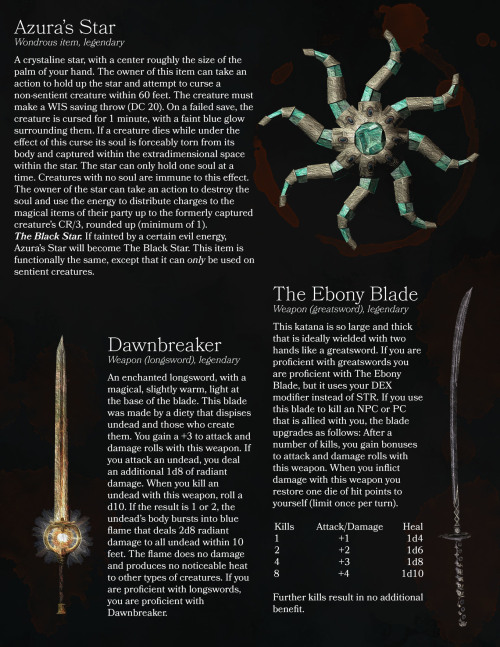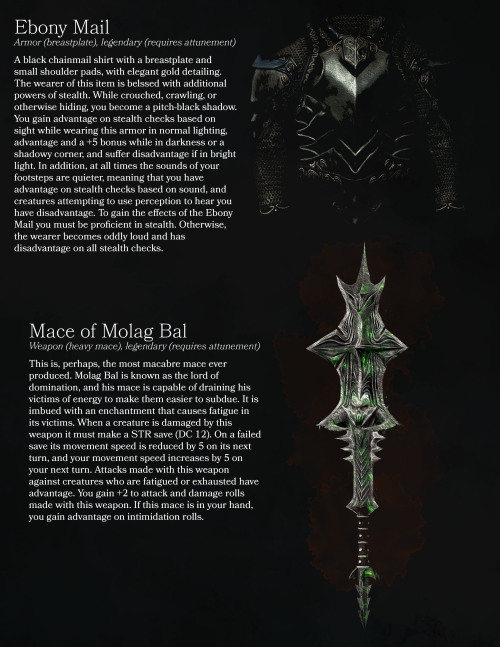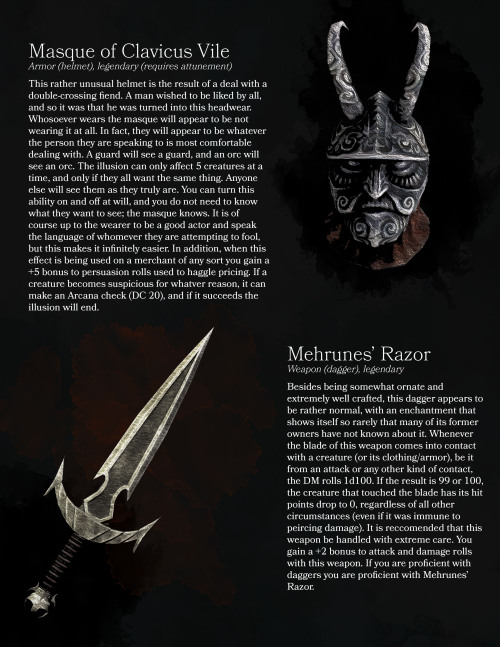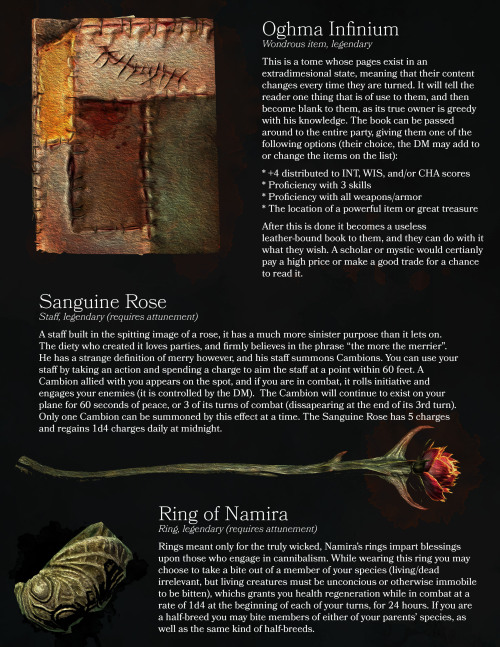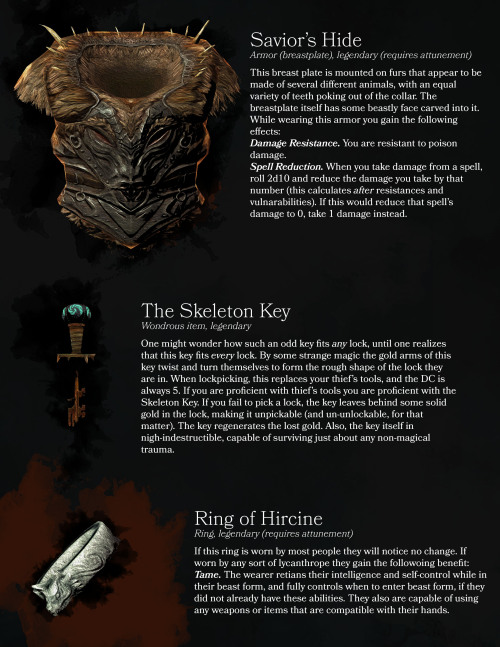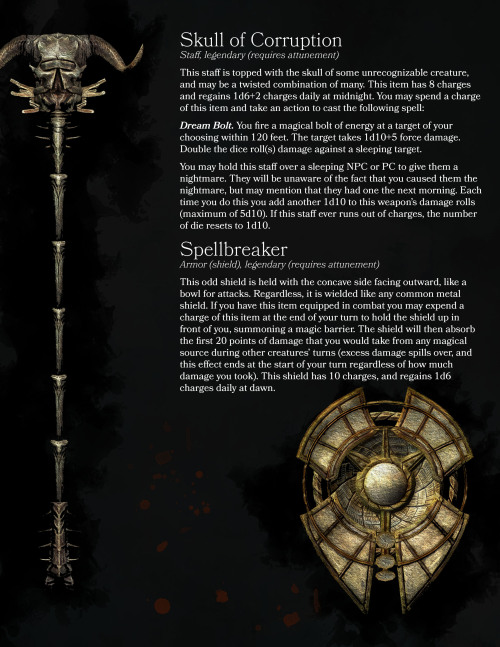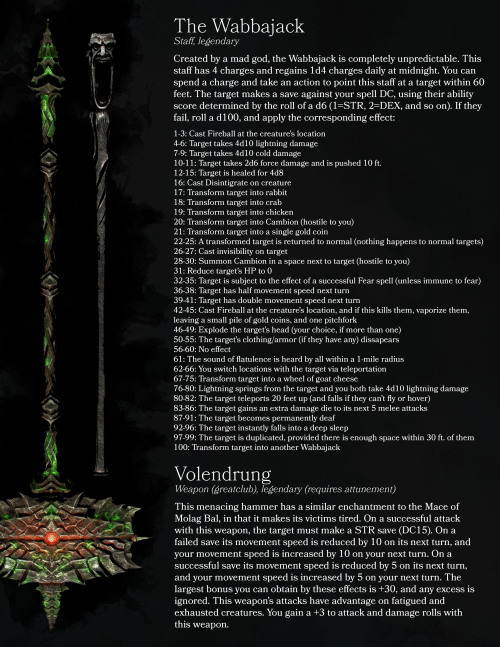"We Have Set A Clear Goal Vital To The Next Chapter Of America's Story In Space," Writes The President,

"We have set a clear goal vital to the next chapter of America's story in space," writes the President, "sending humans to Mars by the 2030s and returning them safely to Earth."
Let’s go next Space Race
More Posts from Stubborn-turtle-blog and Others
Superhenge?
Last year, an international team of scientists mapping the underground landscape surrounding Stonehenge announced that they had located a massive stone monument that dwarfed its ancient neighbor. When archaeologists started excavating “Superhenge” earlier this month, however, they found something completely different.

Keep reading
science news: another incredibly smart and driven woman who discovered really important things just died without receiving recognition in her lifetime for any of her groundbreaking crucial work after decades of brutally unfair sexism click through for even more in depth accounts of the monstrous amount of sexist bullshit she had to put up with every single day of her goddamn life
science news: girls today are hesitant to go into STEM fields for some reason
Does anyone else just examine the marvel that is the human body (not in a sexual way). Like, I’m sitting here right now moving my fingers and watching my ligaments tense and loosen as they pull on the bones that compose the phalanges of my hand. Certain finger positions cause divots to form between the ligaments, while balling a fist causes them to be almost even with the flesh of my hand.
Sorry for the weird ramble. I just find how all the parts of the human body work and fit together to be absolutely fascinating.
The human body is an amazing machine.
International tango is also the middle of a fight

“The forms of tango are like stages of a marriage. The American tango is like the beginning of a love affair, when you’re both very romantic and on your best behavior. The Argentine tango is when you’re in the heat of things and all kinds of emotions are flying: passion, anger, humor. The International tango is like the end of the marriage, when you’re staying together for the sake of the children.” -Barbara Garvey
NASA recorded the DNA of one twin (Mark Kelly) astronaut on earth, and his identicaltwin before, during, and after Scott Kelly spent a year in space. It looks like there are differences, but we don't know what that entails yet!
These almost remind me of Elven ruins
Woman who loves science over here
Science Side of Tumblr, I need your help! Ladies of the Science Side of Tumblr, I especially need your help!
I had a conversation at my non-science day job that went like this:
A friend who shall be called Diane (not her real name) comes to my desk to chat. Just one of the many topics we discuss is that her boyfriend is taking a class in wildlife biology. She has decided that she has grown tired of hearing about local wildlife and hearing him recite a plethora of scientific names.
I responded positively to this subject, and told her that I too found the subject interesting. A third person had heard our conversation. We shall call her Claire (again, not her real name). Claire immediately responded, “Girls don’t like that kind of thing.”
“Are you saying that girls don’t like science?” I asked.
“No, not normally they don’t,” she responded.
Before you all screech with anguish, bear with me for a moment. We all know that this is not true. As a man, I find this idea upsetting for countless reasons that have all been validly discussed before. To try to debate the issue is rather moot. Instead, I’d like a show of hands.
Ladies of the Science Side of Tumblr! I call you to arms! Will you rally around me in saying that women can and do indeed love science, of any variety? Gentleman of the Science Side of Tumblr who know someone who is a girl who also happens to love science, will you stand with me too? We all like and reblog the pro-women-in-science posts we see so often, let’s all stand and be counted in one place this time.
Reblog this if you are a woman who loves science. Reblog this if you are a man who knows a woman who loves science. Let us disprove her beyond all doubt!
Space Station Science: Biological Research

Each month, we highlight a different research topic on the International Space Station. In August, our focus is biological research. Learning how spaceflight affects living organisms will help us understand potential health risks related to humans on long duration missions, including our journey to Mars.

Cells, microbes, animals and plants are affected by microgravity, and studying the processes involved in adaptation to spaceflight increases our fundamental understanding of biological processes on Earth. Results on Earth from biological research in space include the development of new medications, improved agriculture, advancements in tissue engineering and regeneration, and more.
Take a look at a few of the biological research experiments performed on space station:
Biomolecule Sequencer

Living organisms contain DNA, and sequencing DNA is a powerful way to understand how they respond to changing environments. The Biomolecule Sequencer experiment hopes to demonstrate (for the first time) that DNA sequencing is feasible in an orbiting spacecraft. Why? A space-based DNA sequencer could identify microbes, diagnose diseases and understand crew member health, and potentially help detect DNA- based life elsewhere in the solar system.
Ant-stronauts

Yes, ant-stronauts…as in ants in space. These types of studies provide insights into how ants answer collective search problems. Watching how the colony adapts as a unit in the quest for resources in extreme environments, like space, provides data that can be used to build algorithms with varied applications. Understanding how ants search in different conditions could have applications for robotics.
TAGES

The TAGES experiment (Transgenic Arabidopsis Gene Expression System) looks to see how microgravity impacts the growth of plant roots. Fluorescent markers placed on the plant’s genes allow scientists to study root development of Arabidopsis (a cress plant) grown on the space station. Evidence shows that directional light in microgravity skews root growth to the right, rather than straight down from the light source. Root growth patters on station mimic that of plants grown at at 45% degree angle on Earth. Space flight appears to slow the rate of the plant’s early growth as well.
Heart Cells

Spaceflight can cause a suite of negative health effects, which become more problematic as crew members stay in orbit for long periods of time. Effects of Microgravity on Stem Cell-Derived Cardiomycytes (Heart Cells) studies the human heart, specifically how heart muscle tissue contracts, grows and changes in microgravity. Understanding how heart muscle cells change in space improves efforts for studying disease, screening drugs and conducting cell replacement therapy for future space missions.
Medaka Fish

Chew on these results…Jaw bones of Japanese Medaka fish in microgravity show decreased mineral density and increased volume of osteoclasts, cells that break down bone tissue. Results from this study improve our understanding of the mechanisms behind bone density and organ tissue changes in space.
These experiments, and many others, emphasize the importance of biological research on the space station. Understanding the potential health effects for crew members in microgravity will help us develop preventatives and countermeasures.
Make sure to follow us on Tumblr for your regular dose of space: http://nasa.tumblr.com
Gaming, Science, History, Feminism, and all other manners of geekery. Also a lot of dance
243 posts

